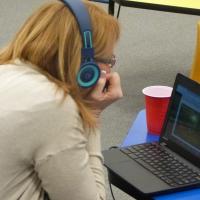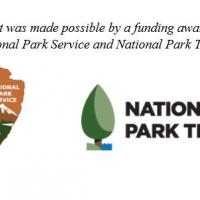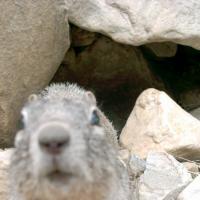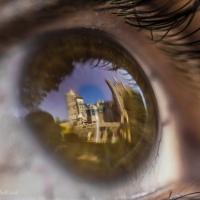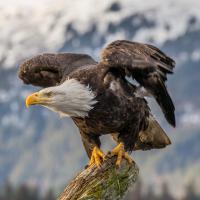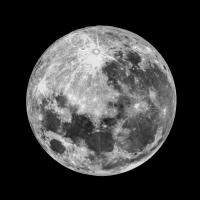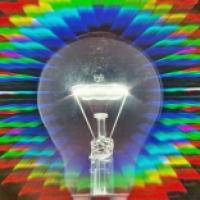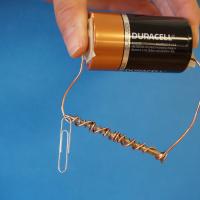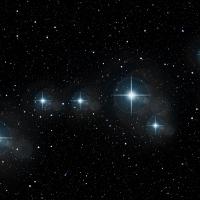Please see the PDF file below for an introduction to our 4th-grade digital resources. These...
Lesson Plans
Want to schedule a virtual visit for your classroom with a Great Basin National Park ranger, Great Basin Observatory scientist, or a Reach for the Stars Educator? Please complete at least three of our lessons with your students, and then reach out to request a visit.
Like what you see and live nearby? Sign up for a training or classroom visit.
Please see the PDF file below for an introduction to our 5th-grade digital resources. These resources can be done independently, but if you are looking for a scaffolded approach we suggest this...
Why do animals look the way they do? The answer is survival. Through this activity students learn about the predator/ prey relationship, and how and why external features of animals are key...
Have you ever wondered how a mirror works? Explore the magic of lights reflection through this hands on activity.
Eyes are fascinating, each adapted to help its owner survive. How do animals other than humans see? How do our eyes work during the day and at night?
Students learn about animal adaptations through testing their human skills against Great Basin animals. Who will win the “Animal Olympics”? In this activity, your students will gain new insights...
Young children love the moon! But, why does it light up our night time sky? Explore how the moon uses the sun’s light to create the beautiful object we know and love.
Using simple materials students build a spectrograph and use it to analyze light sources. While doing so students will learn how and why astronomers use spectroscopy to gain understanding of what...
Did you know you can use electricity to make a magnet? Explore the magic and power of magnetism by building your very own electromagnet.
Constellations are fun to identify in the night sky, have helped humans navigate and chart the seasons for thousands of years, and are the stuff of great legends and myths. But what can these...

